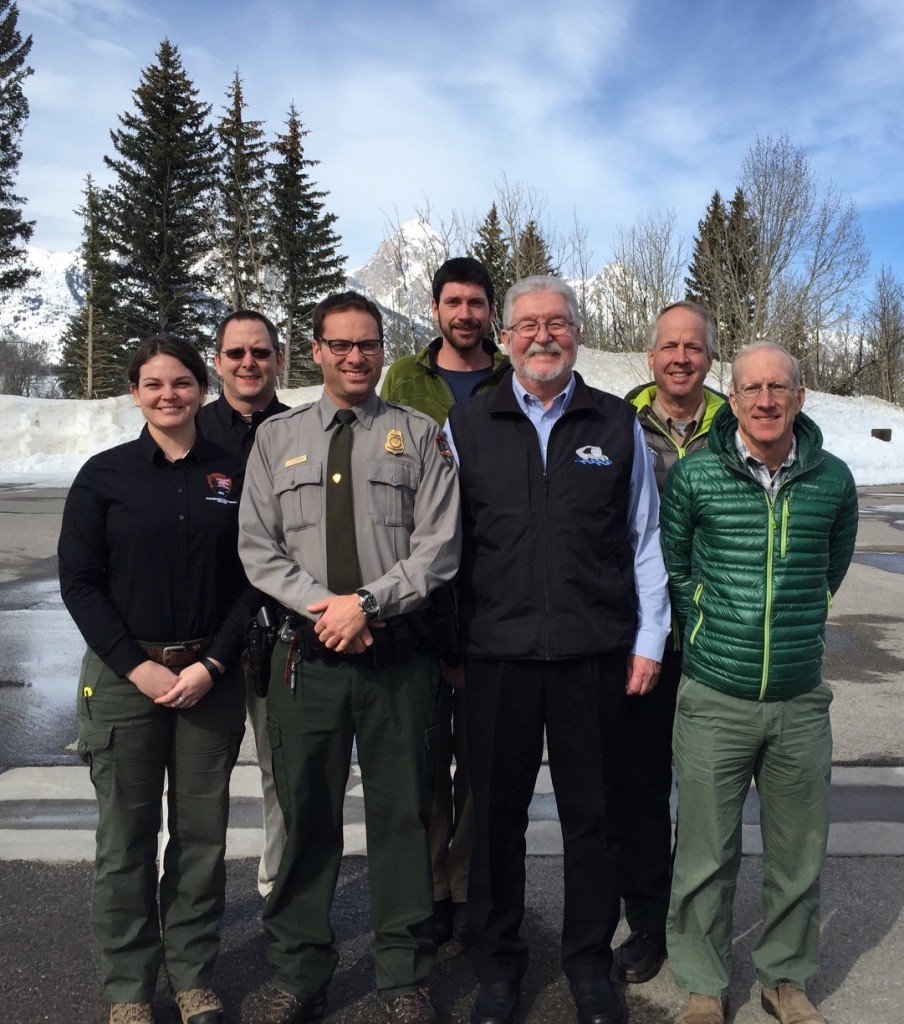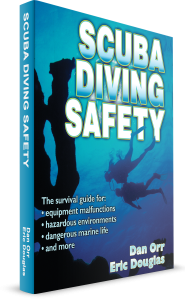DEPTH Blog
Surface Rescue Techniques
Photo Caption: Author Dan Orr participates in the Grand Teton National Park Winter EMS Refresher giving lectures on diving safety. As part of the refresher, Dan presented a copy of his book, Scuba Diving Safety, to the GTNP EMS Group for their library.
"The most important thing you can do in any emergency is to make sure you understand the situation before taking action. There is nothing worse than reacting without thinking first. In other words, Act, don't react. Acting appropriately requires training and regular practice in the proper rescue techniques.
To properly identify a problem, you must first assess the situation. This, of course doesn't mean that you need to consult a lot of other people and write up a detailed plan before helping out, but you do need to run through a mental checklist. Evaluate what is hapnening and why it is happening, what resources you have at your disposal, and what is the best way to deal with the situation. You must be able to do this in just a few quick moments, which you can do if you take part in regular practice, training, and continuing education.
With a surface emergency, you need to determine quickly whether the diver is conscious or unconscious. That may sound simplistic, but how you should respond depends on the level of consciousness of the diver. If the diver is conscious, determine whether he is rational and in trouble, or in trouble and panicking. Is he near panic? Is he struggling at all, or barely aware of the situation?"
Chapter 6 of Scuba Diving Safety looks at each possible situation in turn. Each one has its own complications and rescue techniques.
Excerpted from Chapter 6 of Scuba Diving Safety by Dan Orr and Eric Douglas








